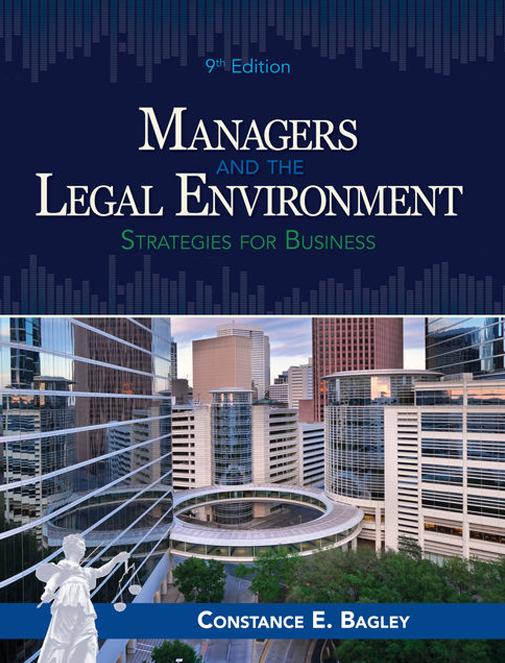





Hello, Can someone help me to finish these six Economic questions?
Please write down the steps.
Question 1. General Equilibrium and Business Cycle [20 Marks] A classical economy is described by the following equations: Cd = 180 + 0.8(Y - T) -210r Id = 180 -90r L = 0.7Y - 180i Y = 1,800 IT = 0.05 Government spending and taxes are equal where T = G = 80. The nominal money supply M = 4,000. (a) What are the equilibrium values of the real interest rate, the price level, consumption, and investment? [10 marks] (b) Suppose an economic shock increases desired investment by 10, so it is now Id = 190 - 90r. How does this affect the equilibrium values of the real interest rate, the price level, consumption, and investment? [6 marks] (c) Does Classicals or Keynesians argued that prices and wages adjust slowly enough that the economy is kept away from long-run equilibrium for an extended period of time? Briefly explain. [4 marks]Question 2. Supply, Demand and Elasticity [le Marks] Suppose the demand curve for a product is given by QB = 4 115:? and supply curve or this product is given by (23 = [ILSP {a} what is the equilibrium price and quantity? [4 marks] (b) What is the price elasticity of supply at equilibrium? Is the price elasticity of supply elastic, inelastic or unit elastic? Explain your answer. [4 marks] (c) What is the price elasticity of demand at equilibrium? Is the price elasticity of demand elastic, inelastic or unit elastic? Explain your answer. [4 marks] (d) If a 15 percent increase in income leads to a 3 percent decrease in the demand for a good, the income elasticity of demand equals and the good is good. [4 marks] (e} If a 2 percent increase in the price of good X leads to a llllI percent increase in the demand for good Y, and other things remain the same, the cross elasticity of demand equals and goods X and Y substitutes or complements? [4 marks] Question 3. Profit Maximisation [20 Marks] A monopolist firm has a total cost function given by: TC = 160 + 2Q2 The demand is given by: P = 140 -5Q (a) What output and price should the monopolist firm set to maximise profit? [6 Marks] (b) How much profit does the firm generate based on the calculation in (a)? What consumer surplus would be generated? [6 Marks] (c) What would output be if the firm acted like a perfect competitor, what consumer surplus would then be generated? [5 Marks] (d) How are the demand curves of Perfectly and Imperfectly Competitive Firms.? Explain briefly and draw them. [3 Marks]Question 4. IS-LM and All-AS model (Keynesian economic theory without Misperoeption Theory} [so Marks] Draw the I$LM and AD-AS model (without Misperce-ption Theory} to analyse the effeats of each of the following on the economy in Short-run and Long-run equilibrium Jewels of real interest rate, output, price, employment and consumption. It is assmned that there is sticky price adjustment. Using graphs to illustrate and explain briey. a} Due to an outbreak of a new virus, the government is increasing its expenditures in health (hospitals and new doctors} and education {new teachers and online classes}. [Ill Marks] [only provide both graphs and explanation are awarded full marks] b} Due to a hard lockdown in the country there is a decrease in expected future output. [ll] Marks] [only provide both graphs and explanation are awarded full marks] Question 5. Inflation and Unemployment [20 Marks] The expectations-augmented Philips curve equation is given by IT = Te - 4(u - u). (a) Draw a diagram showing the long-run Philips curve and short-run Philips curves that contain the following points. Suppose the unemployment rate u at point A is 5%. Label points A, B, C, D and E in your diagram. [10 marks] (b) There are some major costs of inflation. Describe them, being sure to distinguish between anticipated and unanticipated inflation? [4 marks] (c) Suppose expected inflation in the economy is 2%. Banks set nominal interest rate so that they can earn a 1% expected real return. Companies set nominal wages based on a 2% expected real wage increase. Calculate the actual real interest rate and the percentage increase in the real wage if the actual inflation rate is 3%. [6 marks]Question 6. Optimal Input Decisions [20 Marks] A furniture firm has calculated the following production function, relevant for their long-run capital-labor decisions. Q = 3L1/3K2/3, where Q = annual output measured in pounds, L = labor measured in person hours, K = capital measured in machine hours. Each craftsman is highly skilled and earn f18 per hour. The furniture firm estimates a rental charge of 190 per hour on capital, and predicts an annual cost of f270,000 per year, measured in real Pounds. (a) Do the production function exhibits increasing, constant, or decreasing returns to scale? Explain your answer (mathematical demonstration). [4 marks] (b) What are the marginal products of labor (MP,) and capital (MPR)? Determine the firm's optimal capital-labor ratio, given the information above. [7 marks] (c) Construct the isocost equation. How much capital and labour should the firm employ, given the f 270,000 budget? [7 marks] (d) Calculate the firm's output at the optimal production situation. [2 marks]


















